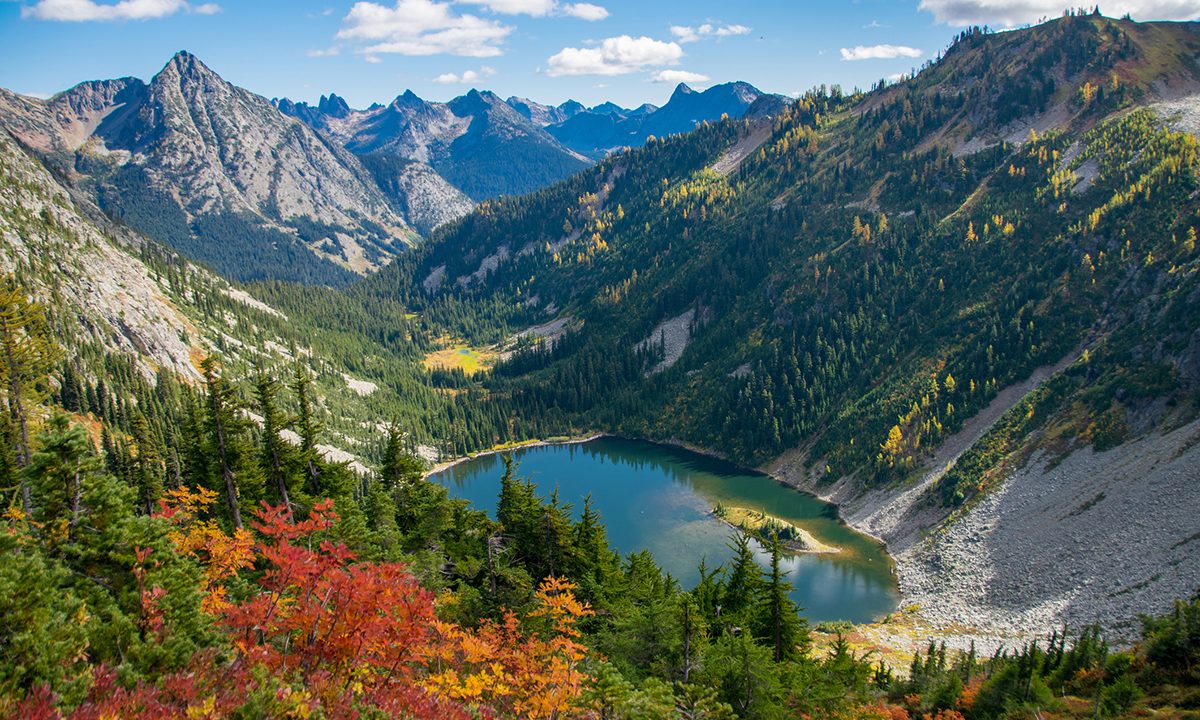

From the deserts of Joshua Tree to the glaciers of Mount Rainier, the West Coast is home to some of the most stunning and diverse scenery in the United States. Between California, Oregon, and Washington, this scenic part of the country boasts 13 incredible national parks. While parks like Yosemite and Mount Rainier are some of the country’s most coveted landscapes, there are some parks that don’t get as much time in the spotlight as they deserve. From dry deserts to active volcanos to the deepest lake in the U.S., these are the five most underrated national parks on the beautiful West Coast.
Videos by Outdoors with Bear Grylls
1. Lassen Volcanic National Park, California
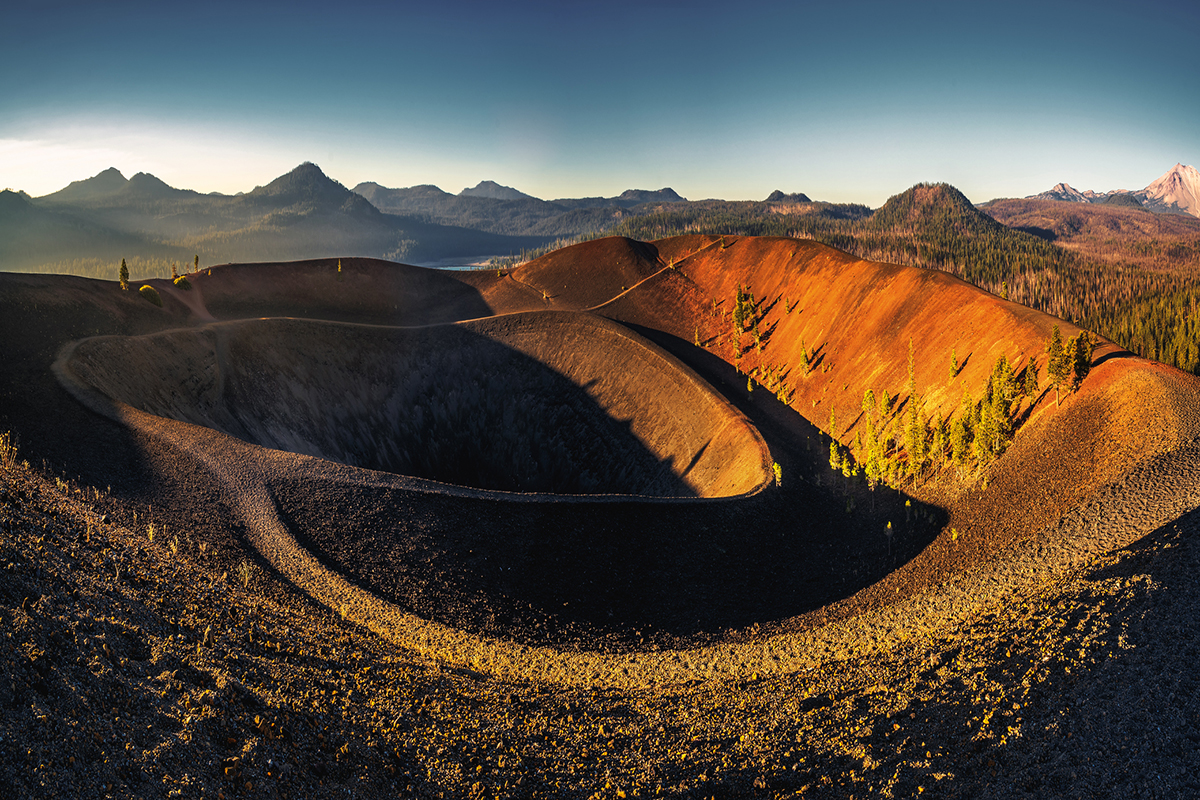
California is home to the largest array of national parks in the U.S., with nine locations holding “park status” within the U.S. National Park Service (NPS). This means that these places hold the highest level of protection within the NPS, and while most of us have probably heard of Yosemite, Joshua Tree, and the Redwoods, not many people have heard of Lassen Volcanic National Park, located in northern California.
Lassen Peak stands at the southernmost end of the Cascade Range and stands at over 10,000 feet. Between this park’s stunning mountains, remnants of past volcanic activity, and evidence of active volcanism, Lassen Volcanic National Park is California’s very own mini-Yellowstone.
This park only gets about 500,000 visitors per year, largely because it is hard to access during the winter months, with many of the park’s main roads closing to the public thanks to the heavy snowfall this area receives. However, this doesn’t mean this place isn’t worth visiting—if anything, the lack of crowds makes it even more worth it.
Lassen Volcanic National Park is an amazing national park destination for hikers trying to get away from it all, travelers who love a good scenic drive, and anyone interested in seeing an active volcano. Experience Lassen’s volcanic activity on the Bumpass Hell Trail, learn about past eruptions by exploring the Devastated Area, or go on a true adventure to summit the 10,000-foot-tall Lassen Peak itself. Just make sure you stay on trail. This park has experienced a lot of erosion lately, and it’s up to visitors to keep these trails safe.
2. Crater Lake National Park, Oregon
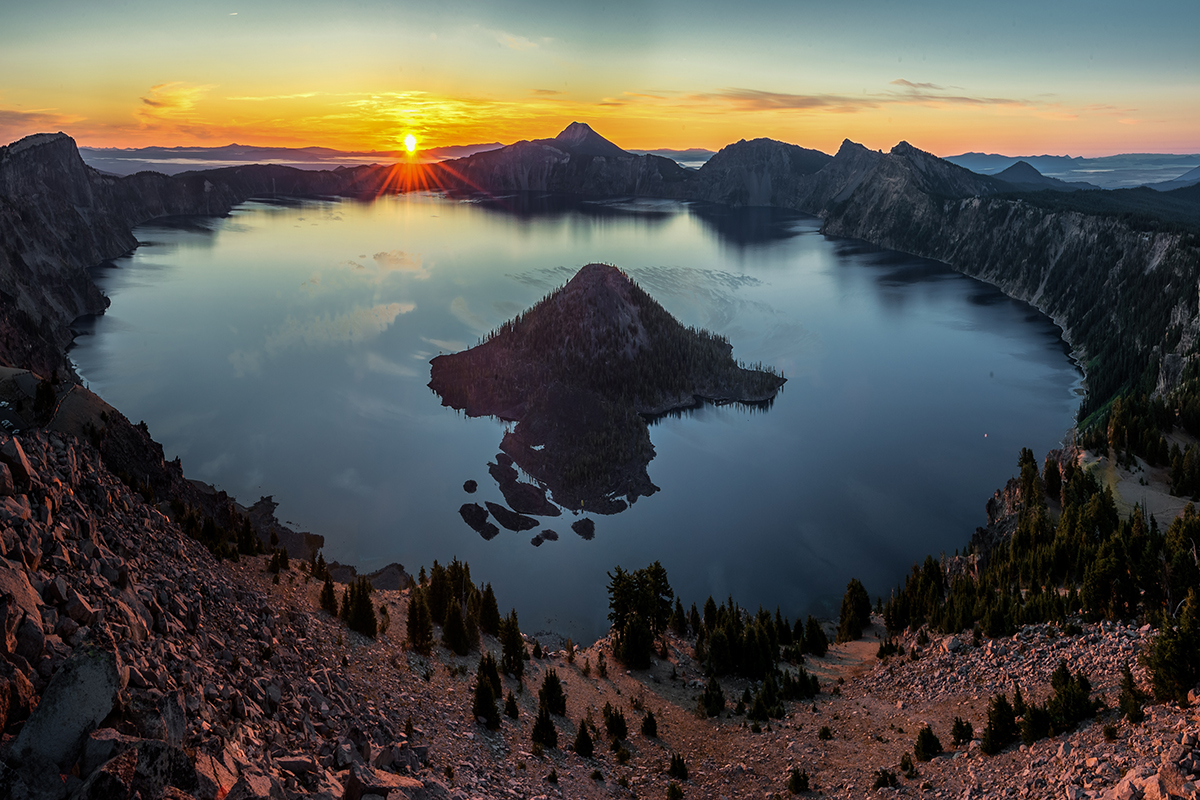
Oregon’s only national park is one of the most underrated parks on the West Coast. Crater Lake National Park is located in southern Oregon, and its namesake is known as the deepest lake in the U.S. and the ninth deepest lake in the world. Crater Lake is nearly 2,000 feet deep at its deepest point, and on a clear day, it is a bright blue color.
The lake formed as the result of the massive Mount Mazama erupting about 7,700 years ago, leaving a huge crater behind. The water in the lake is mostly rainfall and snowmelt, making it some of the clearest water in the state of Oregon. This area is largely separated from nearby rivers and streams, and with its volcanic history, this national park is genuinely one of the most unique landscapes on the West Coast.
So, with such a rich geologic history, why does Crater Lake often get overlooked by travelers? A huge reason for this is the park’s short summer season. Snowy roads often deter visitors. The park’s stunning loop road closes in the winter months due to extreme snow levels, but the park itself remains open to snowshoers and backcountry skiers. During the summer, which generally lasts from June through September, visitors can drive the loop road, stopping at viewpoints to see famous sites like Wizard Island from above.
Less-visited parts of the park include the Crater Lake pinnacles and the Castle Crest Wildflower Trail. The most popular trail in the park is the Cleetwood Cove Trail, which is the only legal access to the lake itself. Here, you can swim in the lake’s crystal clear water or take a boat tour to explore more of this park’s incredible landscape.
Note: Boat tours are operated by Crater Lake Hospitality, not the National Park Service. In 2023, the dock was under construction, and there were no boat tours available. Please check availability before visiting.
3. North Cascades National Park, Washington
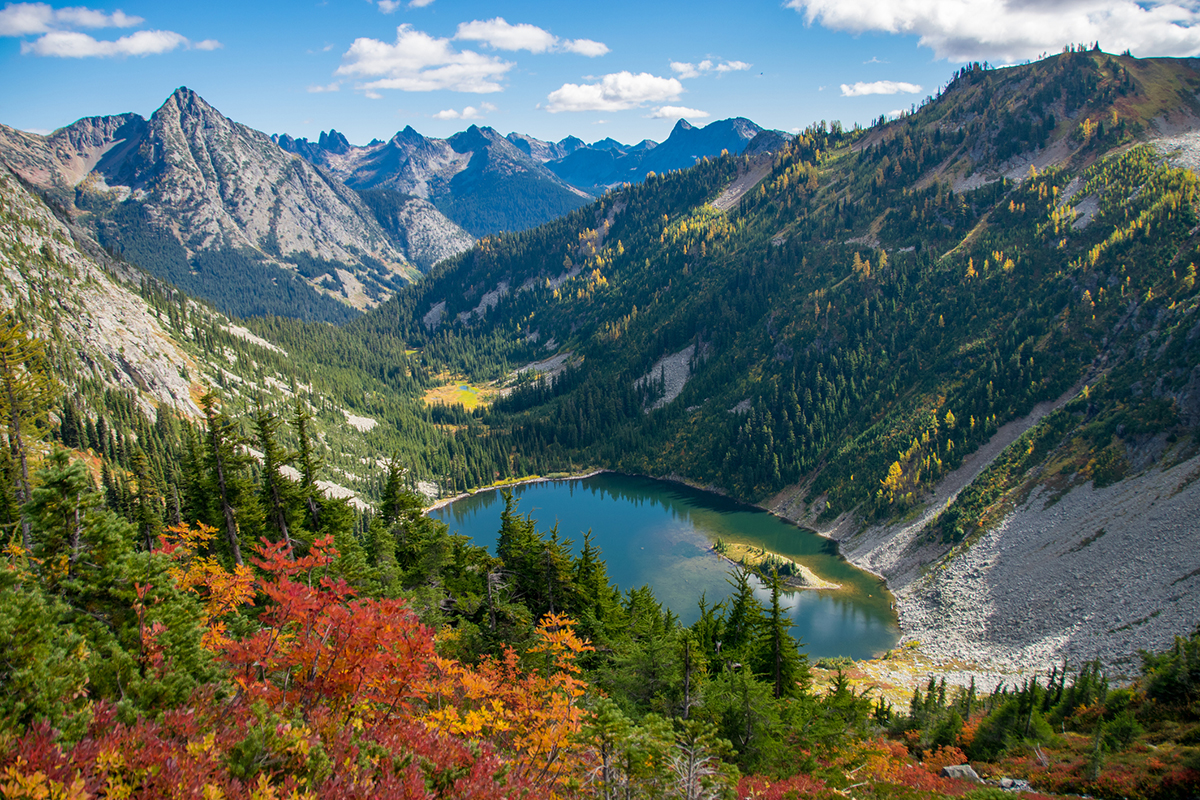
We’ve explored the southernmost region of the Cascade Range; now let’s head to the northernmost. North Cascades National Park is the least visited of Washington’s three stunning national parks. With only approximately 18,000 annual visitors, this park is home to some of the most remote landscapes you can experience on the West Coast.
In North Cascades National Park, you’ll find tall mountain peaks, unique wildlife, and bright-blue glacial lakes. This park is harder to access than some other national parks, especially because of its long winter season, but, surprisingly, North Cascades is just a few hours from Seattle. You’ll have to travel up windy mountain roads, but this park is worth the drive, and it is a great option for explorers trying to get some time in the backcountry or simply get away from the crowds.
Over 90% of North Cascades National Park is considered designated wilderness, which does add to its lack of accessibility. However, if you’re willing to strap on a backpack for a few days and explore the many trails this park has to offer—including sections of the 1,200-mile Pacific Northwest Trail—you’ll have the experience of a lifetime in North Cascades.
For travelers who prefer the frontcountry, don’t fret. There are lots of options for you too. With plenty of drive-in campgrounds throughout the park, you’ll have opportunities to be located right on the water or deep in the woods. Take a drive to the famous Diablo Lake for your cold plunge fix or take a day hike to one of the park’s most stunning viewpoints on the Thornton Lakes Trail. And don’t forget to watch for wildlife—remote places like this often have some of the most interesting residents, including bears, mountain goats, and marmots.
North Cascades truly has something for everyone, if you’re willing to walk (or hike) on the wild side.
4. Death Valley National Park, California
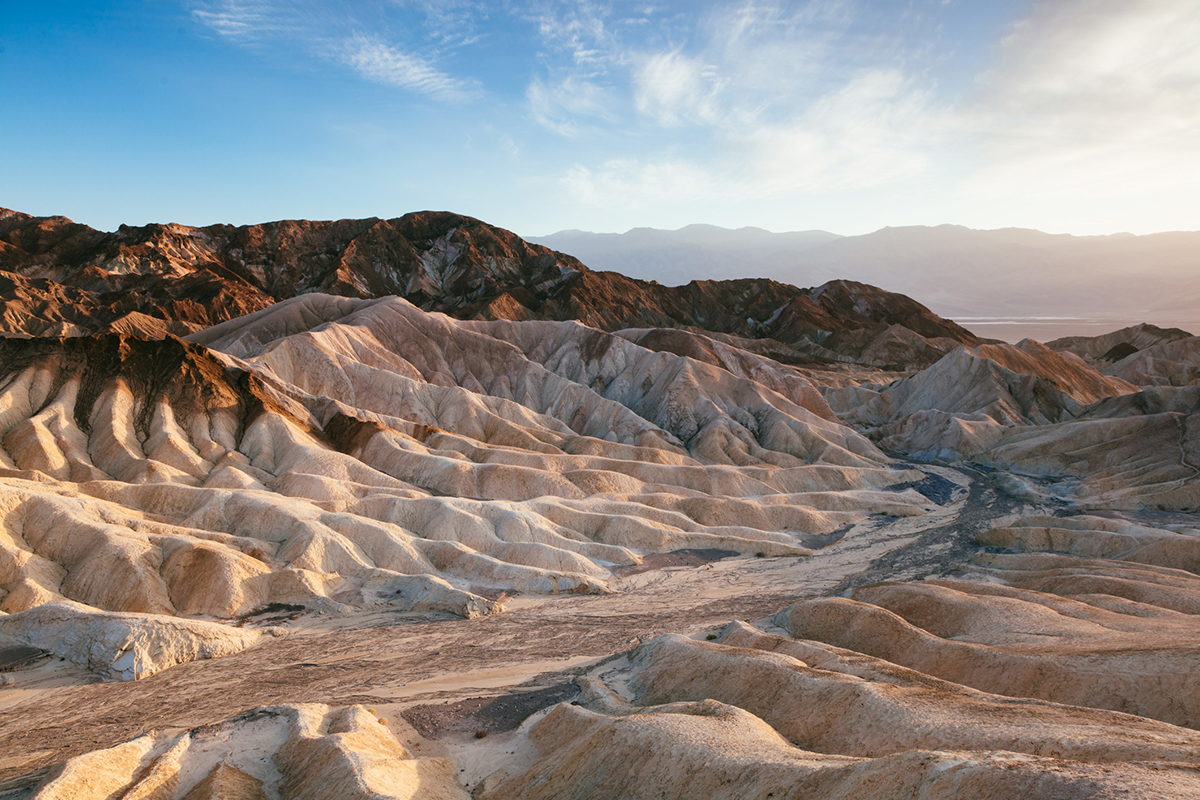
Let’s take a trip away from the mountains for a moment and explore the largest national park in the contiguous United States: Death Valley. While many people have heard of Death Valley’s record-breaking temperatures, this park’s size can feel quite intimidating to the average traveler. Death Valley is also fairly remote, nestled right on the state line between California and Nevada.
Death Valley is often said to be a mosaic of different landscapes. This massive, dry, and hot desert is home to the lowest elevation in the U.S.—Badwater Basin at -282 feet—but that’s not the only incredible landscape you’ll find here. Explore the colorful Artist’s Palette, the massive Mesquite Sand Dunes, or the lesser-known Mosaic Canyon. For travelers looking for a harder hike, ascend to over 11,000 feet at the top of Telescope Peak.
Despite its name, Death Valley is also home to some incredible life. Birdwatch in the winter, spring, and fall, and look for unique species such as meadowlarks and shrikes. Other animals you might see are jackrabbits, desert bighorn sheep, and fish. (Yes, you read that right—fish.) The park is home to several species of pupfish, including the Devils Hole pupfish, which is one of the rarest species on the planet.
This park has so many different landscapes, mostly due to the presence of nearby fault lines, but it’s also over 3,000,000 acres of protected land. Over 90% of the park is designated wilderness, which means you could drive to all of the park’s most famous sites, explore its 4×4 roads, and hike its trails, and still see only a fraction of what this unique landscape has to offer. Despite its abundant wilderness, though, there are plenty of resorts, campgrounds, and other frontcountry options for visitors looking to experience this unique place without wandering off into the remote desert.
5. Pinnacles National Park, California
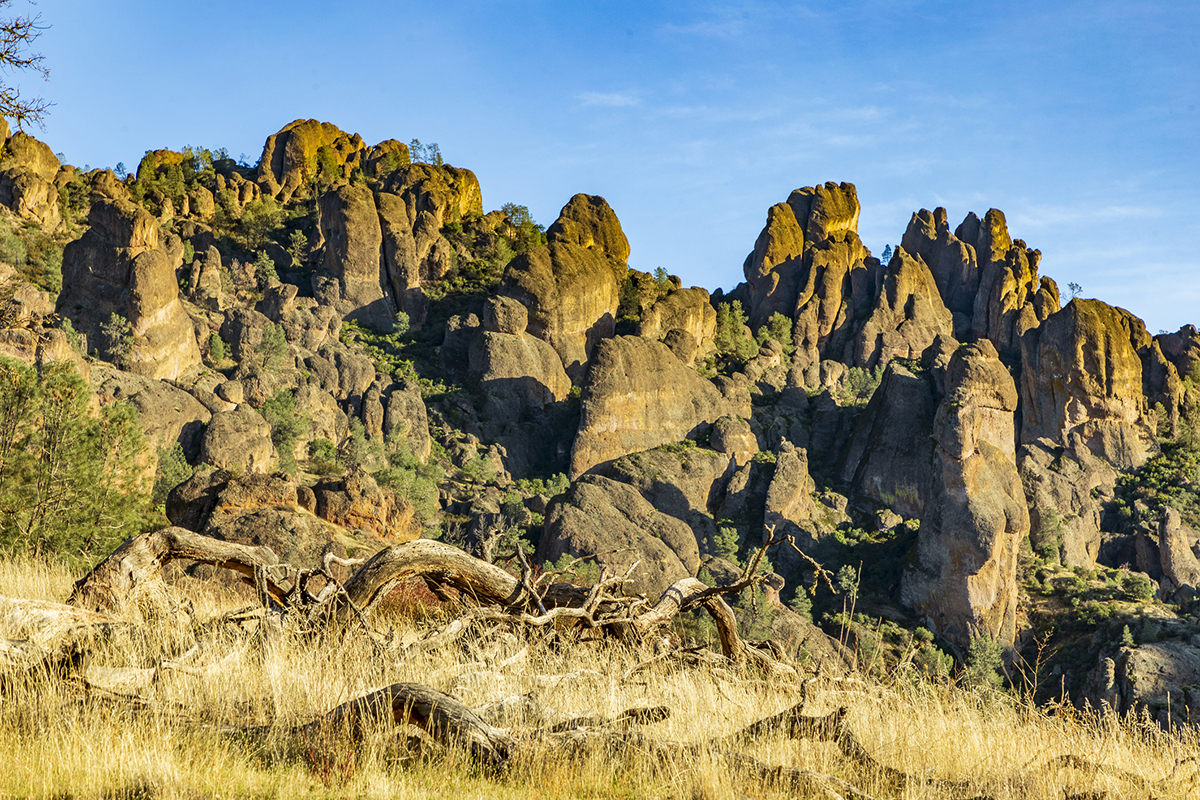
Located on almost the complete opposite side of the state from Death Valley, California’s newest national park deserves a spot on this list. Pinnacles National Park is located nearly directly between the Sierra Range and the Pacific Ocean in central California.
While this is a smaller park, located fairly close to the coastal town of Monterey, Pinnacles is mostly a hiker’s park, which could be why it doesn’t receive as many visitors as some of the other parks in California. The park is also divided into two sides: east and west, which aren’t connected to each other by roads. There is only one campground, located on the park’s east side, making the west side day-use only. The park is quite small, though, only hosting about 30 miles of trails.
The size of Pinnacles National Park should not deter you from visiting, though. This park is known for incredible rock formations created by ancient volcanoes and two talus caves. This stunning place is also home to some of California’s most unique wildlife, such as the Townsend’s big eared bat and the California condor.
If these sights can’t convince you, maybe a sense of adventure can. During your visit, you can explore the caves (depending on the season), go rock climbing, or hike the High Peaks Trail, which is home to a series of handrails to help you ascend the rock.
Pinnacles may be on the smaller side, but it deserves to be seen just like the other eight California parks, so for the frontcountry adventurer looking for a new place to explore, this might just be your new favorite park.
The U.S. is home to so many unique national parks, and the West Coast has no shortage of beautiful landscapes. From volcanoes to dry deserts, there’s an adventure for anyone hiding somewhere in California, Oregon, or Washington—and if you get lucky, you might just have the view all to yourself.


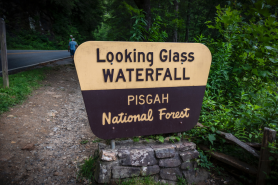
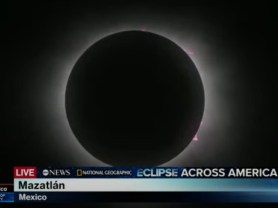
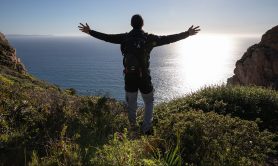
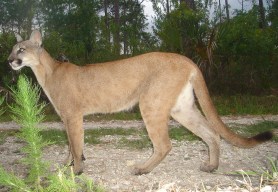
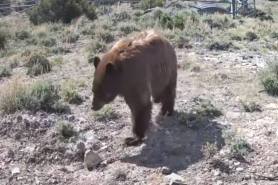

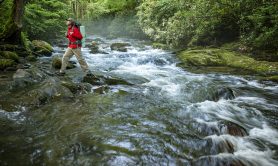
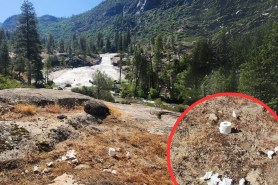
Nice article.